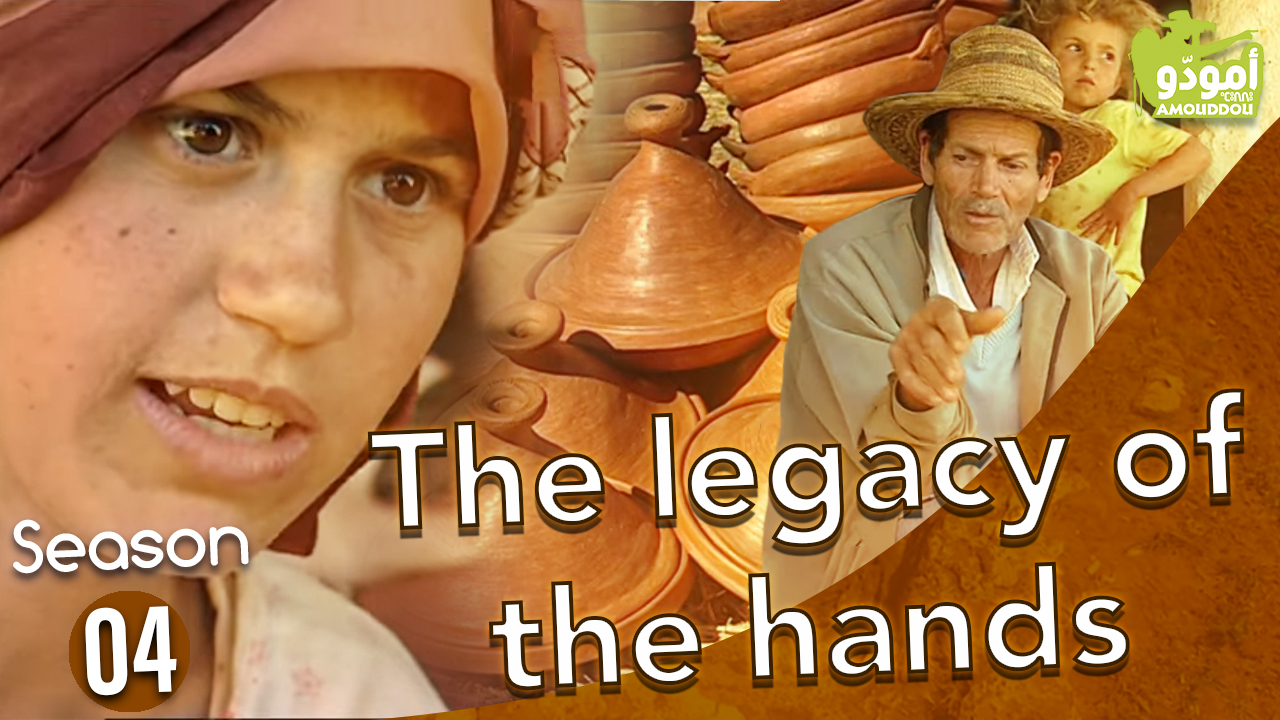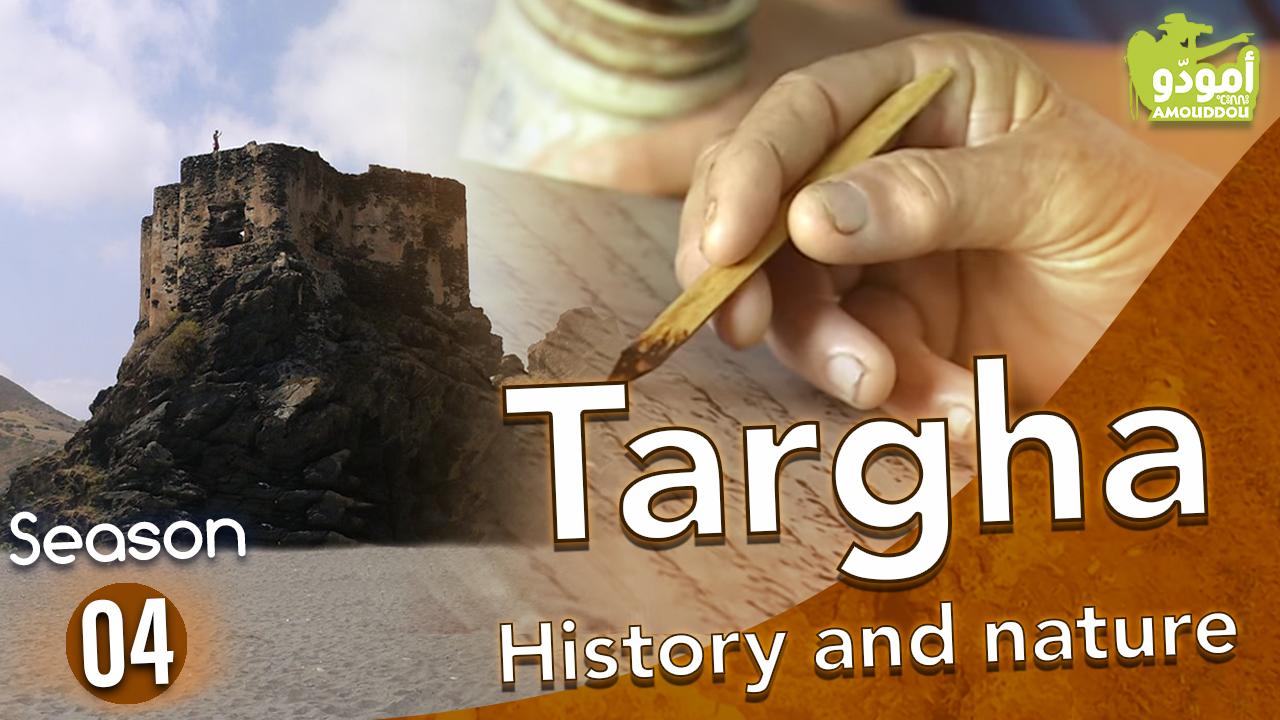This episode of the documentary series Amodo deals with the city of Chefchaouen overlooking a longitudinal depression extending over a distance of 100 km, between Khamis Anjara and Bab Taza.
To the east of the city, at the foot of Mount Tesuka, the spring of Ras al-Maa provides drinking water for the needs of the local population of about 40,000 people, and irrigates an estimated 600 hectares of agricultural land.
The studies and analyzes conducted on the water of Ain Ras al-Maa confirmed that it is of a bicarbonate and calcareous nature that contains mineral substances in a medium percentage, which allows it to be classified as hard water.
However, the waters of the region were not the only reason for the establishment of the city of Chefchaouen, but there were political and military conditions that had a share in the emergence of the city.
The city that we see today is the fruit of the fusion of different cultures, the culture of the indigenous Berbers, the conquering Arabs, the Andalusians, and the displaced Jews, and still carved stones in the form of ancient tombs attributed to the Jews without any evidence or proof to remain a puzzle to mind.
Then the wheels of travel will take us to Talasmatan Park, which includes more than 37 species of mammals, including monkeys, who live here in large groups, whose calmness is disturbed only by some of the predatory birds such as dates and free eagles.
In addition to the fauna, there are more than 239 species of local plants such as the Atlas cedar and black pine in the park. However, the park is unique in that it contains a rare type of tree that is found only in this region, the Moroccan fir tree.
- , Society
- , architectural
Share :
Please fill in your email:




